Final outcomes report changes treatment paradigm
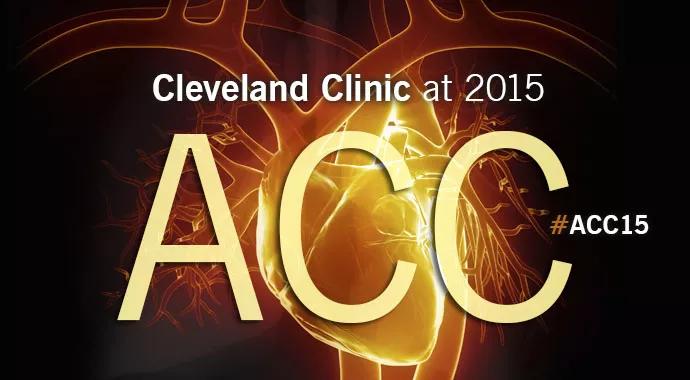
For patients with severe symptomatic aortic stenosis who are not candidates for surgical valve replacement, transcatheter aortic valve replacement (TAVR) offers superior benefit to standard therapy at five-year follow-up, as measured by all-cause mortality, cardiovascular mortality, repeat hospital admissions and functional status.
Cleveland Clinic is a non-profit academic medical center. Advertising on our site helps support our mission. We do not endorse non-Cleveland Clinic products or services. Policy
So report investigators with the PARTNER 1B trial, whose five-year data were just published in The Lancet along with a separate paper reporting results from the PARTNER 1A trial. The PARTNER 1A results were simultaneously presented at the American College of Cardiology’s 64th Annual Scientific Session.
In the landmark multicenter PARTNER 1B trial, TAVR produced a 22 percent survival benefit and a 28 percent reduction in the risk of cardiovascular mortality compared with standard treatment.
According to Cleveland Clinic interventional cardiologist Samir Kapadia, MD, lead author of PARTNER 1B, these findings have changed the treatment paradigm for patients with severe aortic stenosis who cannot undergo surgical aortic valve replacement.
“This trial is the first — and will probably be the only — randomized aortic stenosis trial that includes a standard treatment group,” he says, “since these results will make it unethical to treat severe aortic stenosis patients with medical therapy alone without aortic valve replacement.”
PARTNER 1B is the only rigorous randomized trial of extreme-risk aortic stenosis patients that has prospectively reported the outcomes of TAVR vs. standard treatment in patients for whom the estimated probability of death or serious irreversible morbidity after surgical aortic valve replacement was 50 percent or greater.
The trial enrolled 358 patients between May 2007 and March 2009; 179 patients were assigned to TAVR with the first-generation Sapien valve and 179 to standard therapy, which included medical therapy and balloon aortic valvuloplasty. TAVR was performed under general anesthesia with common femoral artery access. Guidance was provided by transesophagel echocardiography and fluoroscopy. The mean age of participants was 83.
The primary end point was all-cause survival. Secondary end points included cardiovascular mortality, stroke, vascular complications, major bleeding and functional status.
At the end of the five-year follow-up, overall mortality was 71.8 percent in the TAVR group vs. 93.6 percent in the standard treatment group (HR = 0.50; 95% CI, 0.39-0.65; P < .0001).
Only six patients who had undergone standard therapy were still alive; of these, five had undergone aortic valve replacement, leaving only one surviving patient without aortic valve replacement. This patient had a balloon valvuloplasty. Mean survival was 31 months in the TAVR group as compared with 11.7 months in the standard treatment group.
“This reinforces that aortic valve replacement must be considered very seriously for these patients,” says Dr. Kapadia.
Despite the low number of survivors in the standard treatment group, landmark analysis showed that the differences in survival remained significant between three and five years. Among patients who were alive at three years, the risk of all-cause mortality at five years was 38.9 percent in the TAVR cohort vs. 66.7 percent in the standard treatment cohort.
At five-year follow-up, TAVR bested standard treatment in multiple measures:
“This degree of benefit is remarkable for inoperable elderly patients and a first-generation device,” notes Dr. Kapadia.
The stroke risk at five years was 16 percent with TAVR and 18.2 percent with standard treatment — essentially equivalent.
Since so few patients in the standard treatment group survived, the researchers conducted a competing risk analysis for mortality and stroke. “It confirmed there was no continuous hazard of stroke associated with TAVR after the initial procedure risk,” says Dr. Kapadia.
TAVR conferred cardiovascular mortality and all-cause mortality benefits in patients with multiple comorbidities, as indicated by higher Society of Thoracic Surgeons Predicted Risk of Mortality (STS) scores. Early survival was not different in these patients, underscoring the probable effect of the comorbidities on early survival, despite successful TAVR.
“This shows the importance of making every attempt to differentiate patients who will derive survival benefit from those who are unlikely to survive, despite successful TAVR,” says Dr. Kapadia. “Although clinical outcomes with TAVR are encouraging, better patient selection and reduction in procedural complications will help make TAVR even more beneficial.”
The PARTNER trial was funded by Edwards Lifesciences.

Patient-patient network analysis proves to be fast and clinically intuitive
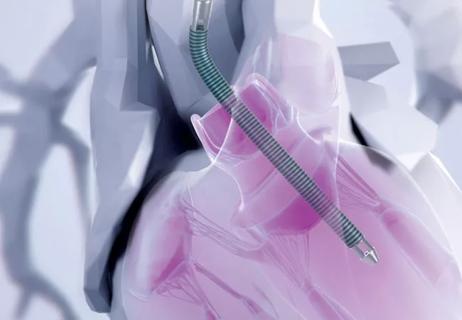
How we’re using a new multidisciplinary approach to broaden the benefits of ablation

Models developed with promising accuracy and generalizability to clinical practice
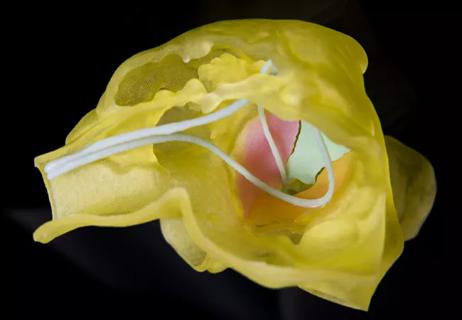
Illustrated case series profiles a valuable tool for a rare and complex entity

Keys to success include a team-based approach and integration into clinical workflow
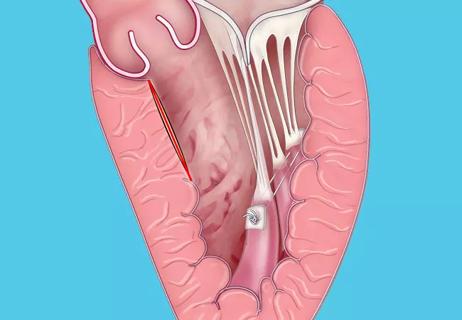
A minimally invasive, single-incision approach to two coexisting problems

New review outlines applications to date, hurdles to overcome
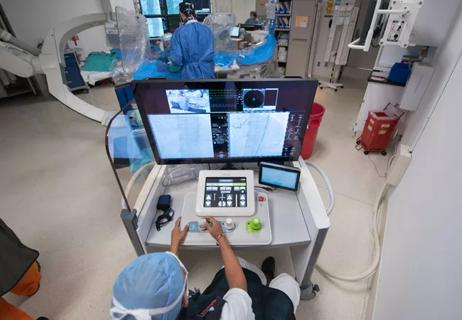
A long-overdue technology is poised to reshape practice